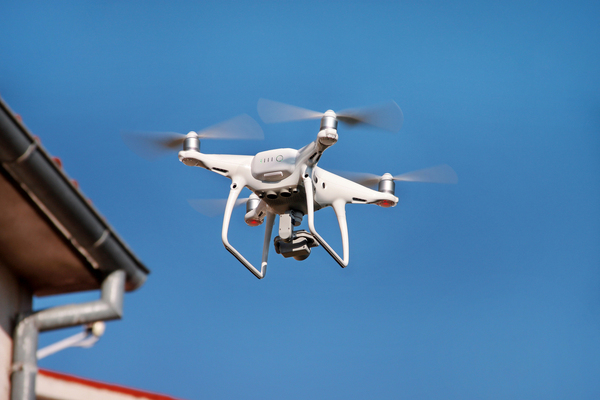The US medical device market continues to expand. In 2020, the manufacturing of these devices will reach $41.6 billion, with a 2.3% growth rate predicted. Digital innovation has heavily impacted this sector, along with an increasing demand for quality healthcare driven by the aging Baby Boomer population.
On the other end of the demographic age spectrum, Millennials, whose population has now exceeded the Baby Boomers, demand faster and more convenient care. To meet the demand for accessibility, the medical device market is expected to be a key driver of healthcare innovation in 2020. What can we expect from this burgeoning field?
Medical Device Innovation in 2020
Business leadership should take note of healthcare as the new industry most likely to be disrupted by technology this year. Indeed, technology news has already noted some startling innovations, from implantable medical devices to drone-delivered medical supplies. Here’s the big tech making big waves in the medical device industry this year:
Big Data
Big Data will impact healthcare this year, as billions of Internet-connected smart devices transmit patient data back to hospitals and medical providers. From smart watches to at-home blood pressure monitors, remote patient monitoring will be used to effectively provide care to American patients with multiple chronic conditions.
But what to do with all this data? Firms like Evidation, seek to harness that data, use powerful analytics, and then use the information we’ve gleaned from smart devices to influence health outcomes and patient behavior.
Implantable Devices
Implantable medical devices will be big this year, and Semma Therapeutics developed a tiny device to create more of the cells that produce insulin for type 1-diabetes patients. This past summer, Vertex Pharmaceuticals purchased Semma Therapeutics for $950 million.
New Wearables
Another new wearable is the CTRL-kit, which looks like an oversized watch, but in reality, is a new type of remote device designed to detect brain waves. The CTRL-kid tracks and responds to the electrical impulses from the human brain down the arm to the wrist where the “watch” resides.
So, the human can think about moving the device on the watch screen and just as quickly the graphic images moves. Scientists believe this device will positively impact rehab patients recovering from amputation, stroke, multiple sclerosis, Parkinson’s, or other neurodegenerative disorders.

Drones now deliver medical samples between hospitals.
Drone Delivery
Last year, UPS tested a new program for drone delivery called Flight Forward. The project used an autonomous drone to deliver critical medical samples like blood or urine between two branches of a hospital in Raleigh, North Carolina. Last year the project was approved to expand to 20 hospitals around the nation over the next two years.
Connected Healthcare
A new handheld ultrasound called the Butterfly iQ connects to an iPhone app for on-the-go scanning. The cost for doctors is about $2,000, which is about $80,000 less than the machines found in the typical hospital. The scanning won’t replace the bigger units but could save lives around the world when no traditional ultrasound is available.
While these are just some of the cutting edge devices making waves in the healthcare field today, one thing is clear; medical devices will continue to drive new technology medical innovation in the coming years.
